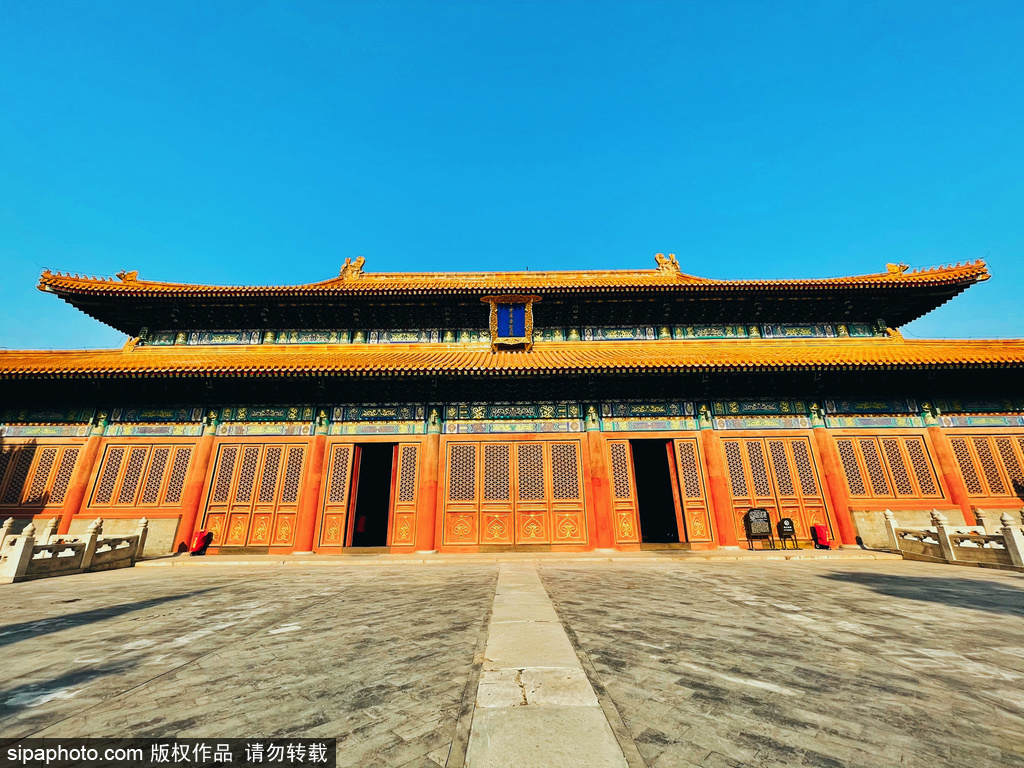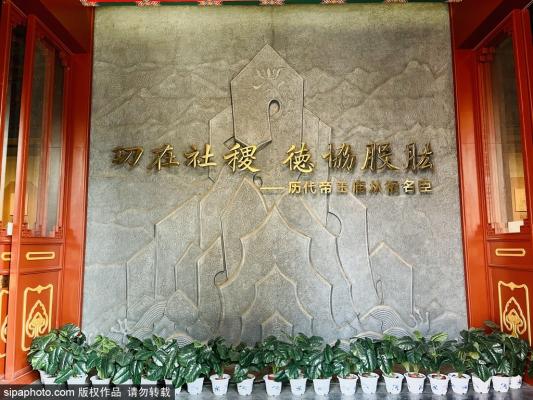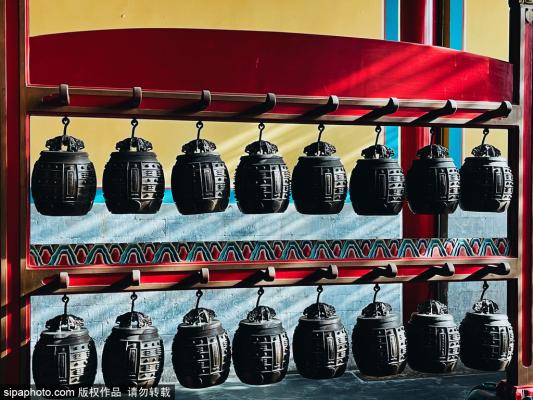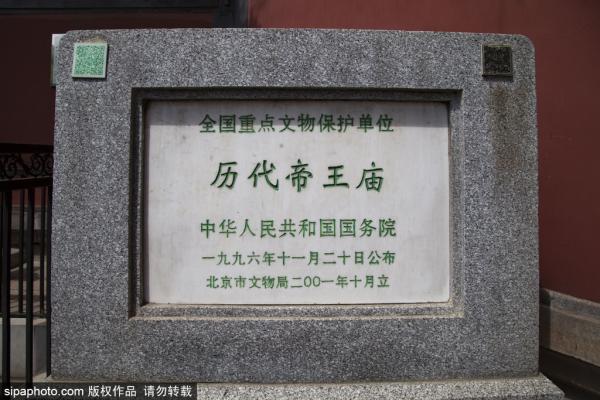The Temple of Ancient Monarchs (历代帝王庙)
The Temple of Emperors of the Past Dynasties is the place where the emperors of the Qing Dynasty worshiped their ancestors.

-
Tel:
010-66120186 -
Best Time to Visit:
All year round -
Duration:
1-2 hours -
Admission:
20 RMB 20 RMB -
Opening Hours:
09:00 - 16:30 (closed on Monday and Tuesday)
Description
The Temple of Ancient Monarchs (历代帝王庙)
The Temple of Emperors of the Past Dynasties is the place where the emperors of the Qing Dynasty worshiped their ancestors. Its political status was compared to the Imperial Ancestral Temple and the Confucius Temple, and these three were collectively known as the three royal temples of Beijing in the Ming and Qing dynasties.
The Temple of Emperors of the Past Dynasties, commonly known as the Imperial Temple, was founded in the ninth year of Jiajing in the Ming Dynasty (1530).
Chinese feu...
The Temple of Ancient Monarchs (历代帝王庙)
The Temple of Emperors of the Past Dynasties is the place where the emperors of the Qing Dynasty worshiped their ancestors. Its political status was compared to the Imperial Ancestral Temple and the Confucius Temple, and these three were collectively known as the three royal temples of Beijing in the Ming and Qing dynasties.
The Temple of Emperors of the Past Dynasties, commonly known as the Imperial Temple, was founded in the ninth year of Jiajing in the Ming Dynasty (1530).
Chinese feudal rulers have had the habit of sacrificing ancestors since ancient times, and the Three Sovereigns have always been regarded as the ancestors of the Chinese and admired by emperors of all generations; the previous emperors are examples for future ones to learn from, so they should also be sacrificed.
Initially, Zhu Yuanzhang, the founding emperor of the Ming Dynasty, determined that there were 18 emperors to be sacrificed; but after founding the capital in Beijing, the Shunzhi Emperor of the Qing Dynasty scaled it up to 25. In the 380 years from the eleventh year of Ming Jiajing to the end of the Qing Dynasty, a total of 662 sacrifice ceremonies were held in the Imperial Temple.
A total of seven niches in the main hall enshrined the tablets of 188 Chinese emperors, the ones in the middle niche are the tablets of Fu Xi, the Yellow Emperor, and the Yan Emperor; among the six niches on the left and right, there are 185 imperial tablets of the Five Emperors and the other emperors of Xia, Shang, Western Zhou and Eastern Zhou Dynasties, the high Han, powerful Tang, the Five Dynasties and Ten Kingdoms period, Jin, Song, Yuan, Ming, and other dynasties.
Gallery
Latest News
Explore

Monument to the People's Heroes
The Monument to the People's Heroes is located in the center of Tiananmen Square, Beijing, built for the people's heroes who died in modern history. The foundation stone was laid on September 30, 1949, construction started on August 1, 1952, and it was unveiled on May 1, 1958. In 1961, it became the first batch of national key cultural relics protection units.
Zhengyangmen Gate and Watchtower
Beijing Zhengyangmen Gate, formerly known as Lizhengmen Gate, commonly known as Qianmen Gate, is located on the central axis of Beijing. It is connected to the Zhengyangmen Gate Watchtower in front and Chairman Mao Zedong Memorial Hall and Tiananmen Square in the back. Zhengyangmen Gate is one of the landmark buildings in Beijing and reflects the style and history of the ancient capital.
Xiannong Altar
The Xiannong Altar was built in the eighteenth year of Yongle of Ming Dynasty (1420), formerly known as the "Shanchuan Altar (Mountain and River Altar)"; the general layout of which was formed during the Jiajing period in Ming Dynasty.
Do You Know

Three Royal Temples
It was the place where the emperors of the Ming and Qing dynasties sacrificed their ancestors, and its political status is in line with the Imperial Ancestral Temple and the Confucius Temple, which are collectively known as the three royal temples in Beijing in the Ming and Qing dynasties.


